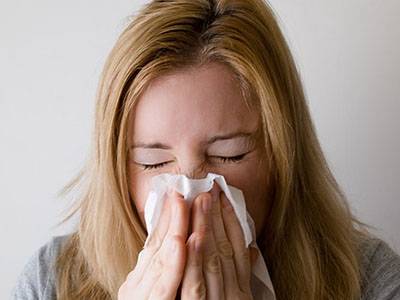
House Dust Allergy
Since the composition of the dust varies, a large percentage of allergens can not be recognized in time. People with
allergies often suffer from symptoms for a long time, not knowing what the real cause of their allergic reactions is.
There is more than “just dust” in house dust. It is made of many components that individually contribute to allergies.
Thus the fight against house dust implies joint efforts against all these allergens.Here is the list of the biggest culprits hidden in house dust.
1. Mites – Mites are the most common cause of allergies. They like a warm and humid environment. Temperatures above 25 degrees Celsius and humidity over 75% is
the ideal environment for house dust mites breeding. They stay in mattresses, pillows, blankets, carpets, furniture. Whenever someone walks on the carpet or
sits on the sofa, they find their way in the air, where we breathe them in.
2. Cockroaches – These insects inhabit almost every part of the world. Cockroaches create biological products invisible to the eye that are an integral part of dust.
3. Pollen – The most common allergens come from plants. Many people are allergic to them. Some of them are birch, white ash, poplar, hazel, and willow. Since we
cannot hermetically close the windows of the apartment or the ventilation of the premises, it is inevitable for pollen to end up in the house dust.
4. Animal hair, feathers or fur – Pets hair, feathers, or fur release particles that mix with house dust. To people prone to these allergens,
house dust is a potential danger.
The best way to get rid of allergens is to schedule a cleaning of the ventilation pipes because all these impurities stay right there, and return to
the house every time you turn on the cooling or heating. Cleaning ducts can help rid of allergens and improve indoor air quality.

